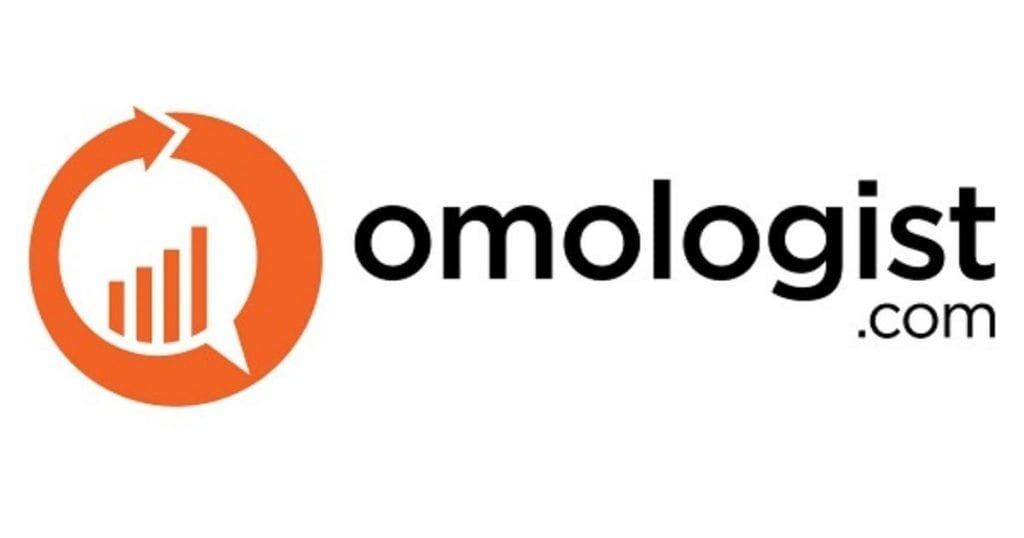Following on from Website optimisation, the next step is to consider each of the pages on your website – page optimisation.
If you have a large website you may prefer to select those pages that are not performing well in order to improve traffic to those pages.
However you decide to tackle the issue, the tips here are consistent for every page and are broken into some starting basics of what to do and what to fix (not to do).
Step 2: Page Optimisation
By page optimisation, we are now thinking about each individual page.
So let’s focus on what to do first and start with content, Title and Meta Description.
Content – The content needs to be “unique”.
This not only goes for blogs or information pages but also for product descriptions.
If you take your product descriptions from your suppliers more than likely thousands of other websites are doing the same.
For example, let’s say you sell HP laptops and you get your short description of the HP laptops from HP.
The problem is that thousands of websites are also likely doing this and therefore you will unlikely rank your product pages high in organic listings.
To fix this focus on best sellers and write unique product descriptions for those products.
Assuming the description is insightful, unique and provides content that customers find useful you should end up with a higher organic listing for a product vs the same product sold by others.
Of course, there are lots of other factors that go into an organic ranking of pages but starting with a unique description of products is a great start.
Meta descriptions and titles.
Here is how the title tag and meta description are used by Google in an organic search for “omologist”.
Also below is the title and meta description from our home page.
 |
| Page Optimisation – Example of search results for “Omologist” showing Googles use of title and meta description |
Titles – Each page of your website you should have a “unique” title.
A title is the text between the <title> and </title> tags on the source code for your page. The title should tell search engines what a page is about (like the heading of the page).
The title should be about 55 characters or less (ours is 46 characters above) and where applicable you may wish to add your brand (i.e. Omologist).
Meta Descriptions – The meta description like the title should be “unique” and provide a description of what the page is about.
The meta description should be about 150 to 160 characters and not longer as Google is likely to cut your description if it is longer.
Ours above is just 73 characters.
It is worth putting thought into the description as it will be the text that someone searching Google will read and may mean the difference between a click to your website and ignoring your link.
If you have organic links on Bing and Google that are coming up in searches, especially in positions 1 to 3 in search, then it may be worth re-writing those descriptions and titles to see if you can improve your clicks from organic search (see data in Bing Webmaster Tools and Google Search Console as well as Google Analytics – See Step 1 Website Optimisation)
For more details see our article Best Practice Title Tags and Meta Descriptions.
Keywords – the keywords (words or phrase) you target on a page in title tags, meta description and content should all be “unique”.
That is you do not want to duplicate your titles or meta descriptions and the content on the page should be unique.
If the content is unique then logically the titles and meta description should also be different and not the same as any other page on your website.
Also when developing your keyword phrase think about what a person might type into a search engine if they were looking for the content on each page.
Common sense goes a long way.
You can research keyword phrases to try and find a keyword phrase that is used most often to search for the content on a page.
Alt tags – The alt tag or alternative tag provides information on an image, especially if the customer’s view of your website does not display an image.
It is good practice to provide the alt tag describing an image, which at the same time provides you with an additional method to provide content not only on what the image is about but also re-iterate what the page is about.
This might be a description of the product on the product page or an image related to the what a blog article is about.
Links – If you are going to link to a page it is best to ensure that links are to quality websites that will be useful to your reader/customer.
Links to poor or low-quality sites will provide a negative feel for your customers.
The goal is always to ensure a positive experience for your readers/customers, even if you send them via a link to another website.
Think of it this way, if a person asked for directions on the street to somewhere you would tell them how to get there and this would include any areas they should avoid.
Bullets and Numbered points – these can be used to break up the content to make it easier for the customer to read your content.
Grammar and Spelling – Using correct grammar (not my forte) and the correct spelling not only display professionalism but it also is important for your customers to read through your content easily and without distraction.
Check all your written content to ensure you have spelt everything correctly and that commas and apostrophes are all in the correct spots.
Use a checker like Grammarly if that helps.
We would suggest ensuring the spelling is correct for the market your targeting. If you’re targeting the US, for example, use US spelling, however, if your targeting the UK or Australia use UK spelling.
If you’re targeting the world we would recommend US spelling.
Readability – if you use a blogging tool like WordPress then you can usually check the readability of your articles.
If not you can use Word to assist with Grammar and Spelling as well as readability. To do so click on “File” then “Options” and then select “Proofing” and you should see the following box.
Here you can add “readability stats” as well as ask Word to check your Grammar as well as your Spelling.
The list above is not a comprehensive list but these are all the basics that should improve the quality of your pages for your customers as well as for search engines.
If customers are reading your content and reference your content (links on facebook, on their website or in emails) then this will drive more traffic to your website and Google and Bing and other search engines will notice this.
Focus on your customer and make each page interesting to your customer and higher organic search listing will follow in time.





